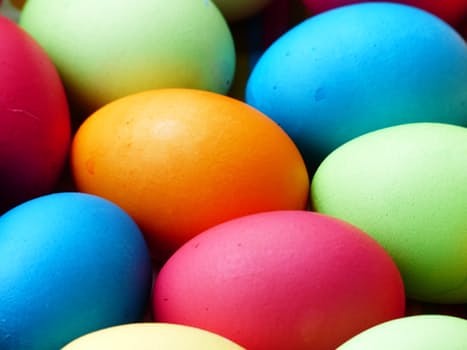
How to Dye Your Easter Eggs Naturally
Food coloring is great and all, but it’s far from your only option when it comes to decorating eggs this Easter. This year, with your kids, consider testing out a few of these dyes made from all natural sources.
Using beets
Pink is a popular color for Easter and it can be recreated with the help of peeled and grated beets. Simply combine equal parts water and beets and a tablespoon of vinegar to create a vibrant pink dye perfect for white eggs.
Using purple cabbage
Cabbage can be used to make brown eggs green and white eggs blue. Combine equal parts chopped purple cabbage and water, plus vinegar, to create the dye.
Using blueberries
If you’re opting for a lighter, pastel blue, combine frozen blueberries with water and let the blueberries sit in the water until the mixture becomes room temperature. Then, submerge your eggs.
Using turmeric
This perennial plant belonging to the ginger family, is best known for it’s anti-inflammatory properties. It can also be combined with water to create a yellow dye that works best on white eggs. Add two tablespoons of ground turmeric for every cup of water plus vinegar for best results.
Using yellow onion peels
Two cups of yellow onion peels combined with water and vinegar creates a mixture that turns white eggs orange. Be sure to simmer the peels in the water for a good amount of time in order for the water to leach the color from the peels.
Using red onion peels
Use a ratio of three red onions worth of skin to one cup of water, simmer, and add 3 tablespoons of white vinegar to create a jade green stain on white eggs.









